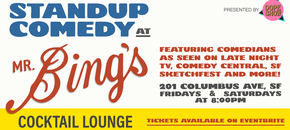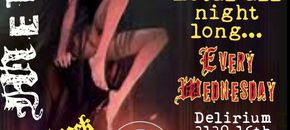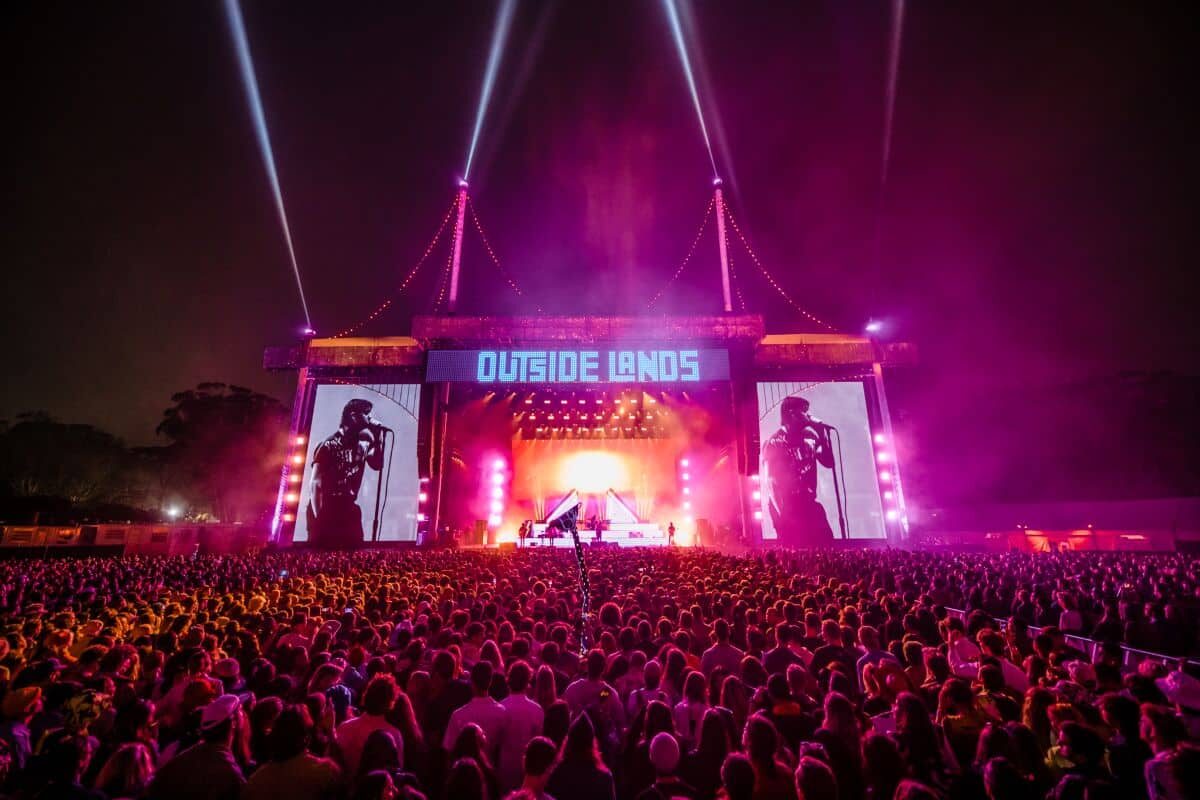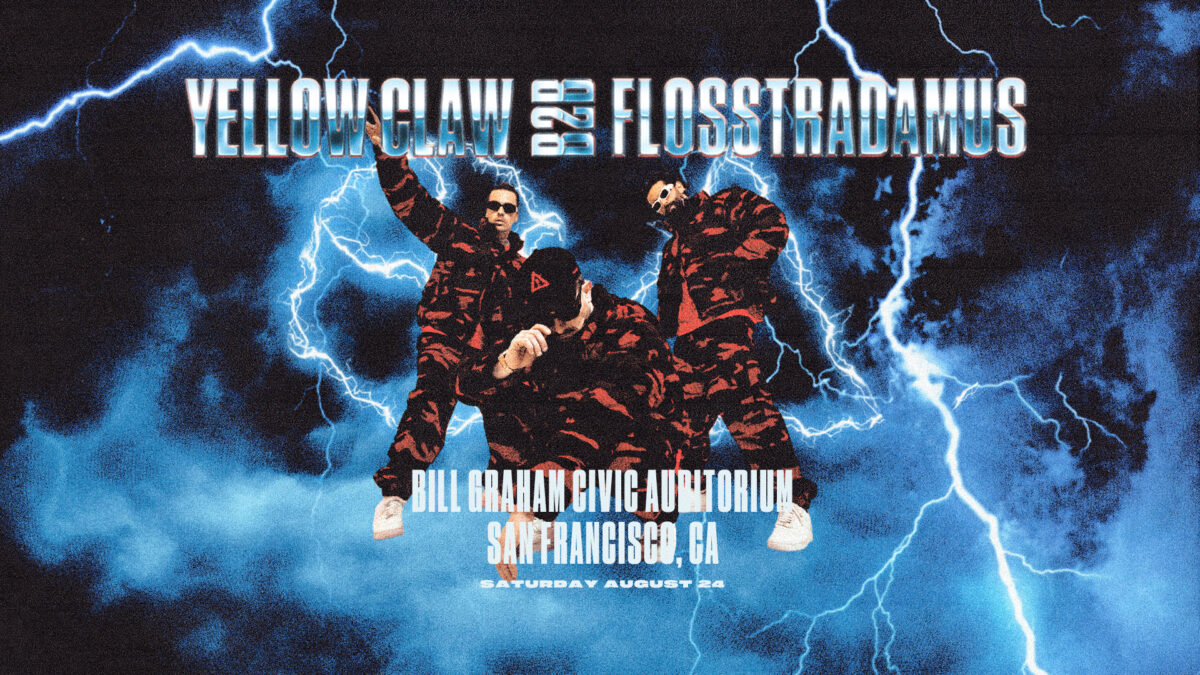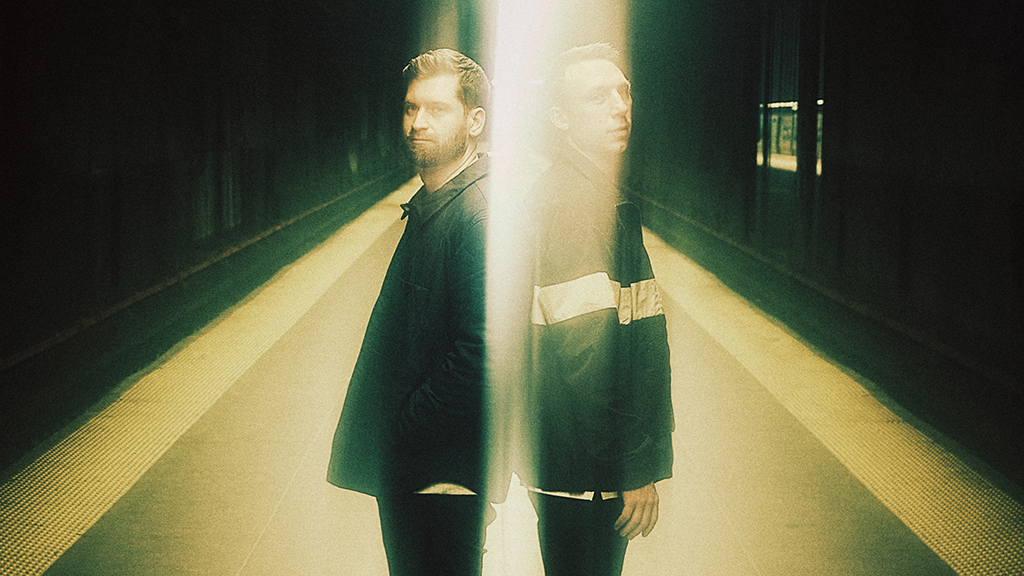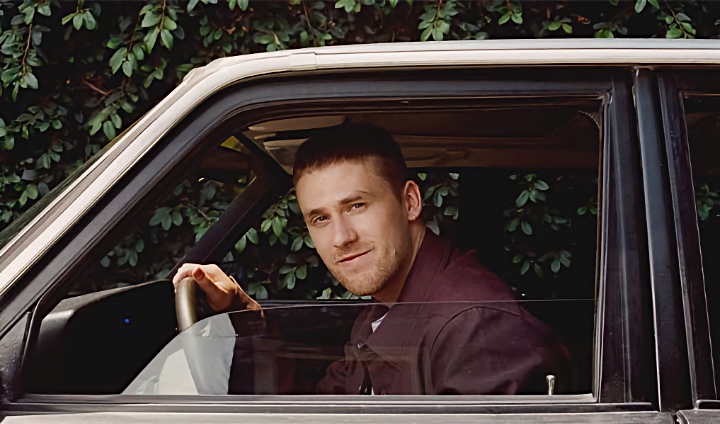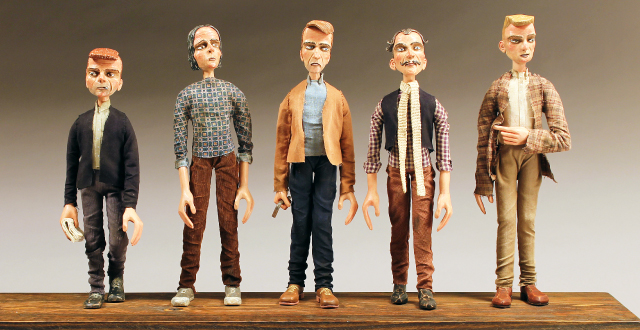15th Annual SF Zine Fest: DIY Culture, Independent Artists & the Alternative Press

SF Zine Fest is one of the city’s most beloved events for independent writers, artists and creators—and it’s almost here! Multiple events run by SF Zine Fest are already underway, Comics & Zine Marathon is Saturday (details below)—and the official SF Zine Fest is Sunday, September 4th.
Founded in 2001, the fest is now celebrating its fifteenth year. There is a demand for indie art events like this in San Francisco, and independent artists and zine-makers jump at the chance to apply for a space at Zine Fest. With that in mind, the organizers have not taken this supply-and-demand opportunity as a chance to up the costs to the exhibitors. Instead, table real estate remains extremely affordable. Artists who might not be able to participate otherwise will be able to have their work seen, and admission to check out the event is 100% free. To make the event even more accessible, a shuttle to and from the County Fair Building and Civic Center BART has been put into place, to reduce the time and travel costs on attendees and exhibitors.
We spoke with SF Zine Fest Executive Director, Channing Kennedy. He is an Oakland-based writer and has been working with SF Zine Fest officially since 2014. His background includes reporting on the intersection of race, art, and technology for Colorlines, he’s been published at NPR, has had his video work shown on MSNBC and Al Jazeera, once ran a Midwestern record label, and is open to trading zines.
Kennedy is also a performer who has been interviewing artists live on stage at San Francisco Zinefest since 2012. This time, we turned the proverbial mic in his direction to find out just what it takes to keep these events running behind-the-scenes; the time, labor, and love put forth in order to just keeping it about making art.
How many people help to organize this event?
We had eight active organizers going into the fest this year. We’re a fairly diverse group of nerds—in our day jobs, we’re librarians, teachers, bureaucrats and coders, and everyone except me has been making zines and/or comics for years. This is only the first or second year on the organizing team for most of us. On a side note, six of the eight organizers do not currently live in San Francisco, which shouldn’t surprise anyone. [They are further based in Oakland and Berkeley.]
The response to participate in SF Zine Fest seems to grow each year and there’s even a wait-list. How many applicants would you say applied this year?
We had over 300 applicants this year, from up and down the West Coast and from as far away as Mexico and Colombia. This is only our second year using an application system rather than a first-come-first-serve system, so it’s hard to chart an exact line of growth, but I can say we got about 100 more applicants this year than last. That includes distros, publishers, collectives…as well as individual artists and first-timers.
How many artists are expected to participate?
Unfortunately, we have a finite amount of space to fit everyone! So we have a hard cap at 240 tables, which will hold about 225 exhibitors (some folks will be taking up full tables, most will be at half-tables). We’re also collaborating this year with other nonprofits and community groups, like RADAR, the San Francisco Public Library, Mamacita’s Café, Alley Cat Books, and Mission: Comics.
In your personal zine collection, what are some of your most prized zines?
This year at Long Beach Zine Fest, I traded with a young girl, maybe six years old, for a copy of Caracal Facts, a zine she made about facts about caracals (the cat). It’s a single-sheet zine, illustrated by her, and it folds out into a portrait of a winking caracal. I wish I’d gotten two copies so I could frame one.
Her parents, who were there with her to run hype, said that she’d already sold out of her previous zine Platypus Facts. I asked her if she knew that platypus can sense electric fields, and she said ‘yes’, and then she asked if I knew that platypus use gravel to chew, and I said ‘no’…so, I lost.
 A zine made by a six-year-old at the Long Beach Zine Fest
A zine made by a six-year-old at the Long Beach Zine Fest
Any particular tables/artists you’d say zine fest goers should be on the look out for?
Shayna. I do not have a favorite child.
The t-shirt design is really cool – who designed the shirt? Will they be tabling as well?
MariNaomi, one of our two guests of honor, designed the shirt, and Ajuan Mance, our other guest of honor, designed the poster—the full-color Venus-esque one. They’ll both be doing a bunch of readings in the run-up to the fest itself, and we’ll be presenting Q&As with each of them during the fest itself. They’ll both be exhibiting and signing stuff in the ‘Power Donut,’ the center of the big room at the fest.
 2016 SF Zine Fest t-shirt design by MariNaomi
2016 SF Zine Fest t-shirt design by MariNaomi
How did you get involved with SFZF? Are you creating a zine as well?
My wife, Emily Alden Foster, has been exhibiting at SFZF since 2008, not too long after we moved out here from Missouri. I came to ‘assist’ her at that show (i.e. wander around and look at stuff) and really fell in love. I’d been running a weird DIY record label in Missouri and had shut it down when I left, and I didn’t realize how much I missed the inherent sense of humor that’s found in so much of the (coining a term here) ‘extra-economic arts scene.’ I usually make one very dumb zine per year, at the very last minute, to trade with folks at SFZF, with nothing planned ahead of time.
I volunteered as a panel MC for the next few years, interviewing the guest-of-honor artists, then joined the organizing team formally in 2014. I became executive director this year, taking over for Liz Mayorga, and am trying to continue the work she and her predecessors did to make the fest as aggressively accessible as possible, to look like the DIY scene we want to see in the world.
You mentioned this is the first year as a non-profit, what does that mean for SFZF?
Basically, it means we’re opening up more potential funding sources, so we don’t have to raise table prices or cut accessibility. Rent in San Francisco goes up every year! And while we saved some money last year by going from a two-day event to a one-day event, we’re going into this year without a surplus. We don’t want to pass that cost onto the exhibitors.
The whole point of a zine fest is to have as few inequitable barriers to participation as possible. And we ABSOLUTELY aren’t going to start charging admission.
As a nonprofit (to be specific, we’re a program of our fiscal sponsor the Intersection for the Arts, a 501c3), we can hustle for cash donations, we can apply for grants, we can ask corporations to donate goods or services. We’ve been around for fifteen years; people know us and have been waiting to support us!
I should also say that rent isn’t the only expense we’re dealing with. As we’ve reassessed our role in the community, we’ve realized that we can be doing a lot more to make ourselves truly accessible to the community. Last year, we had ASL interpretation of our Q&A with Madeleine Flores, which was a first. This year, we’re trying to do that again, for more panels and the shuttle to and from Civic Center has been confirmed. We’re also paying travel stipends to our panelists and readers, so that nobody is barred from visibility due to lack of means. That all adds up to a lot more than rent, but it also means that SFZF looks like it should look.
Artists in the Bay Area—especially artists of color, queer and trans artists, undocumented artists and artists with disabilities—wake up to new barriers every day. The worst and most hypocritical thing we can do as a DIY festival is to pretend otherwise.
My goal for the next few years is to raise enough funds annually that we can have at least one paid part-time position on the organizing team. Last year, we lost two of our longest-time organizers because they simply couldn’t afford to keep working for free—and at the time, they were the only two people of color on the organizing team. My background is in race and public policy, and I’ve seen over and over again that one of the most effective ways to maintain a demographically diverse organization is to actually pay people.
Last year, we switched to an application system for exhibitors (a ‘curated fest’) rather than the first-come system. First-come is a lot easier and is, in theory, fair, but when we looked at our lineup over the years, we realized we were getting the same circle of folks—people who knew about us already, people who were already on our mailing list, and people who were already sitting in front of their computer when applications went live. Great, talented folks, to be clear! But the Bay Area arts scene is huge and diverse, and we knew we weren’t reaching everyone that way. By switching to an application system and by prioritizing first-time exhibitors, we were able to make last year our most diverse fest ever. And this year, we’ve gotten applications from those folks’ friends, who maybe didn’t know what a zine was until they came to last years’ fest. That’s what our work really looks like.
 Poster design by guest of honor, Ajuan Mance
Poster design by guest of honor, Ajuan Mance
 Paperlinks Press + Zines Rasquache, Photo from SF Zine Fest 2015, Photo by Liz Acosta
Paperlinks Press + Zines Rasquache, Photo from SF Zine Fest 2015, Photo by Liz Acosta
+++ The 15th Annual SF Zine Fest, Sunday, September 4th (11am – 5pm)
San Francisco County Fair Building, 1199 9th Ave
+++ Comics & Zine Marathon, Saturday, August 27th (4pm – 8pm)
Alley Cat Books, 3036 24th St
